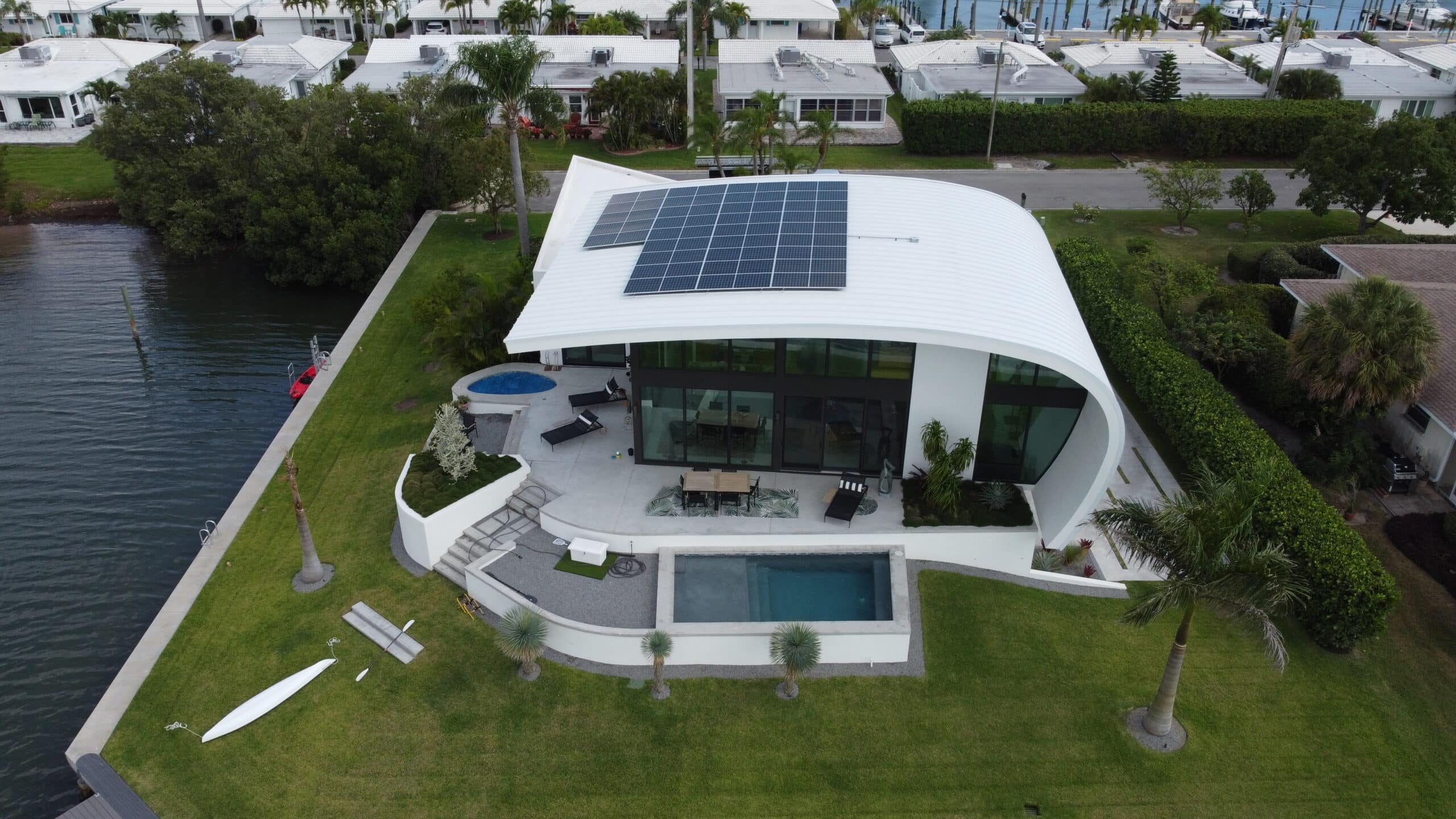As of 2023, Florida takes the lead among all US states in solar installations. The state’s solar capacity for the first six-month period surpassed the cumulative installations of an entire year. This remarkable growth showcases Florida’s commitment to harnessing renewable energy and paving the way for a sustainable future.
The Sunshine State Embraces Its Immense Potential In Solar Energy Generation
During the first half of 2023, Florida topped the list of solar installers in the United States, surpassing even California and Texas. This trend is expected to continue in 2021 and 2022, according to the latest Solar Market Insight Report released by Wood Mackenzie, a global energy analytics company, and the Solar Energy Industries Association.
In just the first six months of this year, Florida’s solar power capacity increased by an impressive 2,499 megawatts. This surpasses the additions made by both California (1,648 megawatts) and Texas (1,292 megawatts). The Solar Energy Industries Association stated in a press release that Florida’s solar capacity installed during this period exceeded all previous installations in the state for an entire year.
This significant growth in solar power capacity in Florida is expected to contribute to the United States achieving a record of 32 gigawatts (equivalent to 1,000 megawatts) in new solar capacity by 2023. This represents a remarkable 52% rise over the capacity added in 2022, making it a record-breaking year for the country.
According to predictions by Wood Mackenzie, the total operating solar power in the United States will increase from 153 gigawatts today to approximately 375 gigawatts by 2028. This indicates a substantial shift towards renewable energy sources.
It is worth noting that Florida, as the country’s third-most populous state, currently has a generating capacity of 69 gigawatts, with 8.6 gigawatts coming from renewable sources. This contributes to the overall goal of reducing reliance on fossil fuels for electricity production.
The report attributes this year’s increase in solar capacity to the easing of COVID-19 supply chain challenges and restrictive trade policies that slowed down growth in 2022. Additionally, incentives implemented under the Inflation Reduction Act have played a significant role in driving this growth.
The news release also highlights that new domestic manufacturing investments will further improve the supply situation in the coming years. If these factory announcements materialize, the United States’ solar module production will be ten times greater by 2026 than it is currently.
Florida’s solar power generation capacity increase has mainly been driven by utility-scale growth, with utilities installing 2,159 megawatts out of the total 2,499 megawatts added to the grid. Florida Power & Light leads the way with 1,769 megawatts, followed by Duke Energy with 389 megawatts.
Moreover, residential solar power in Florida is also on the rise. In the first half of this year, residential property owners in Florida added 332 megawatts of solar capacity, making it the second-highest addition across the United States.
Data from the U.S. Energy Information Administration reveals that Florida residents have rapidly installed rooftop solar panels in the past two years. The number of customers participating in net metering arrangements with utilities has doubled from June 2021 to June 2023, reaching 182,239 customers. Florida Power & Light has surpassed Duke Energy in terms of net metering over the same period.






Comments are closed.